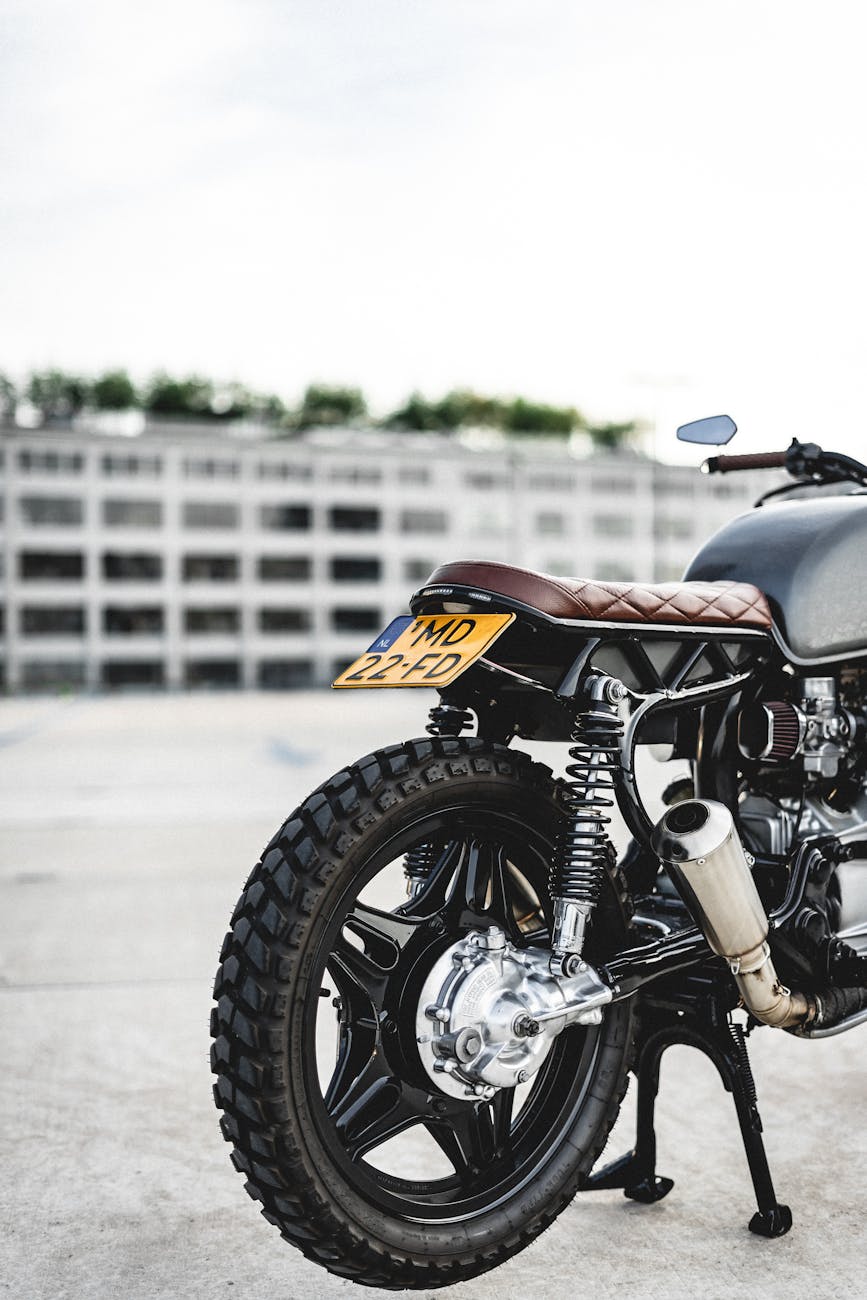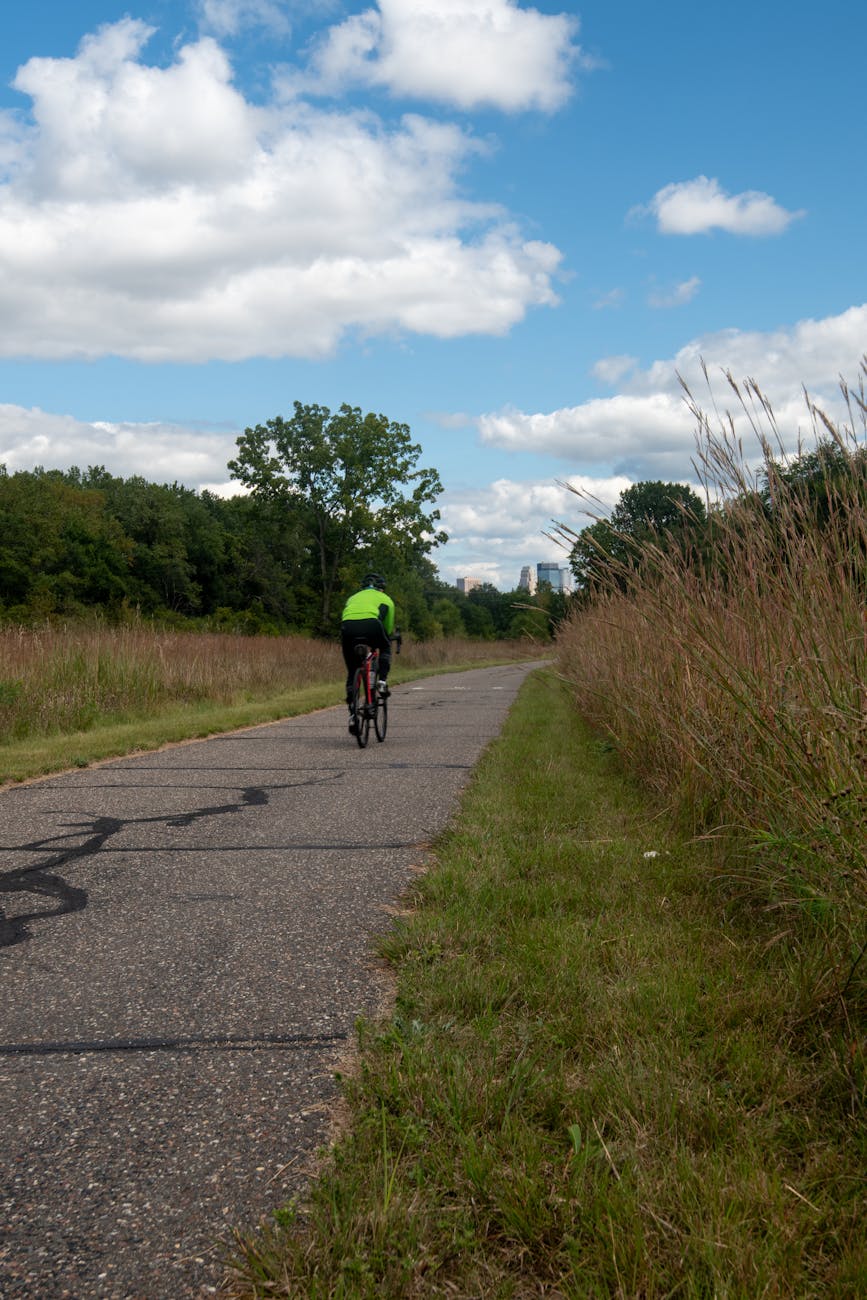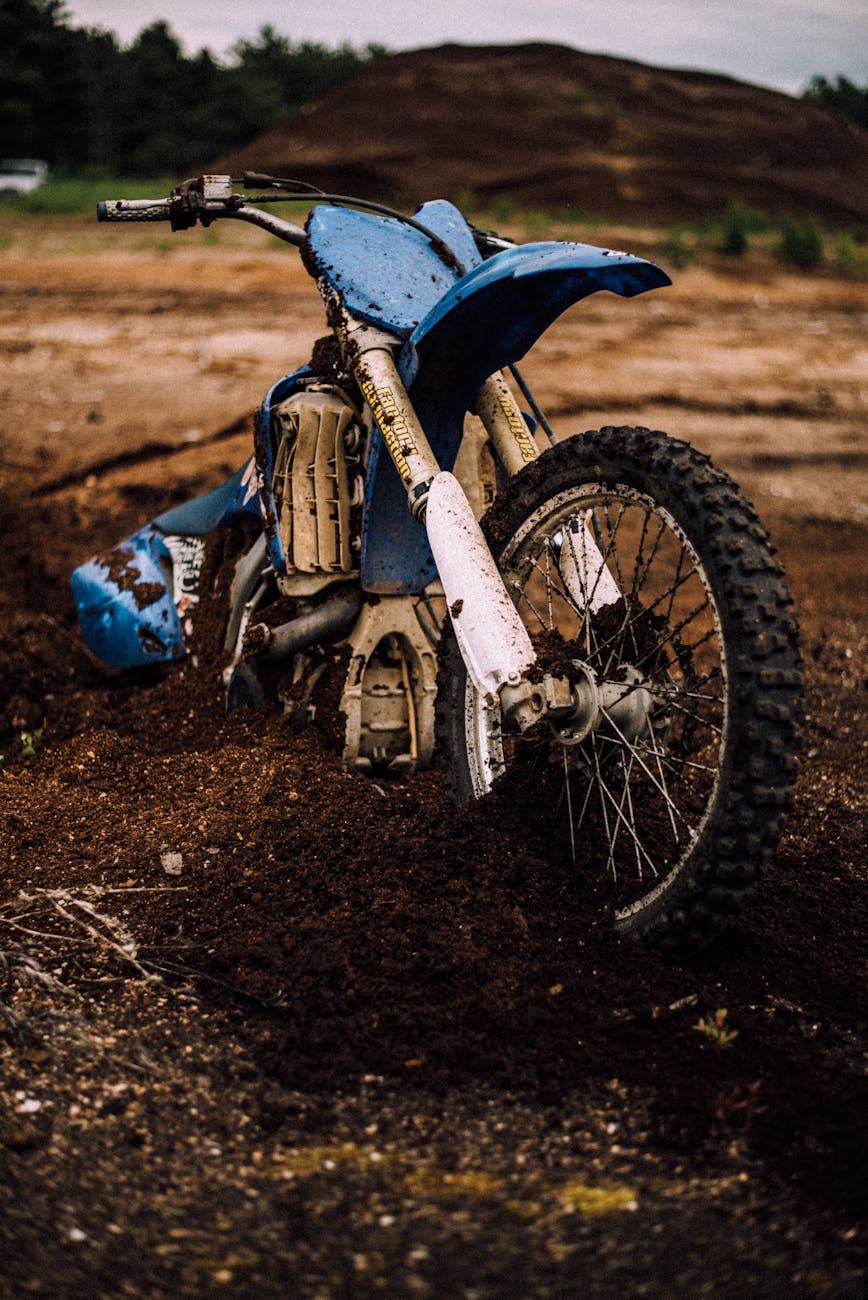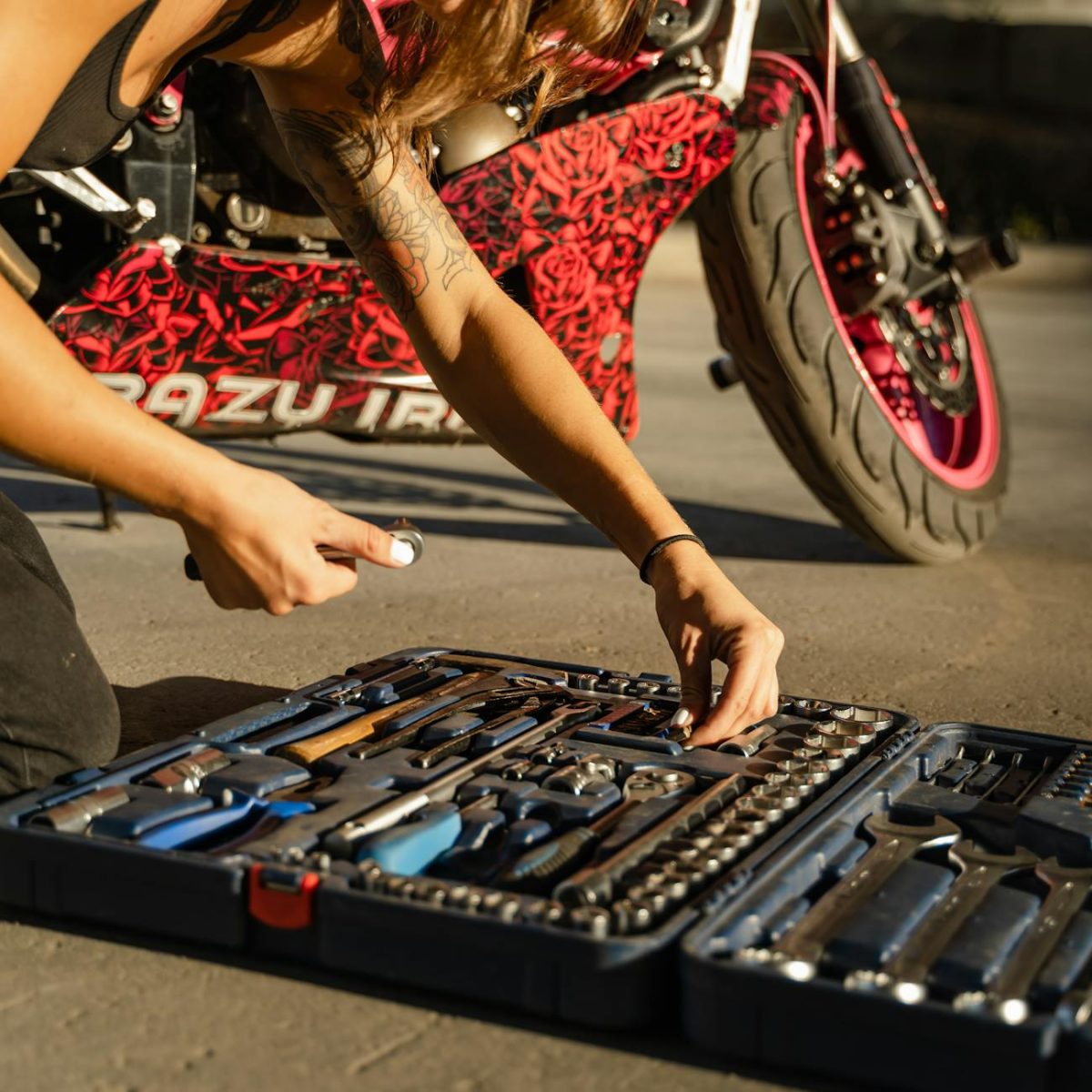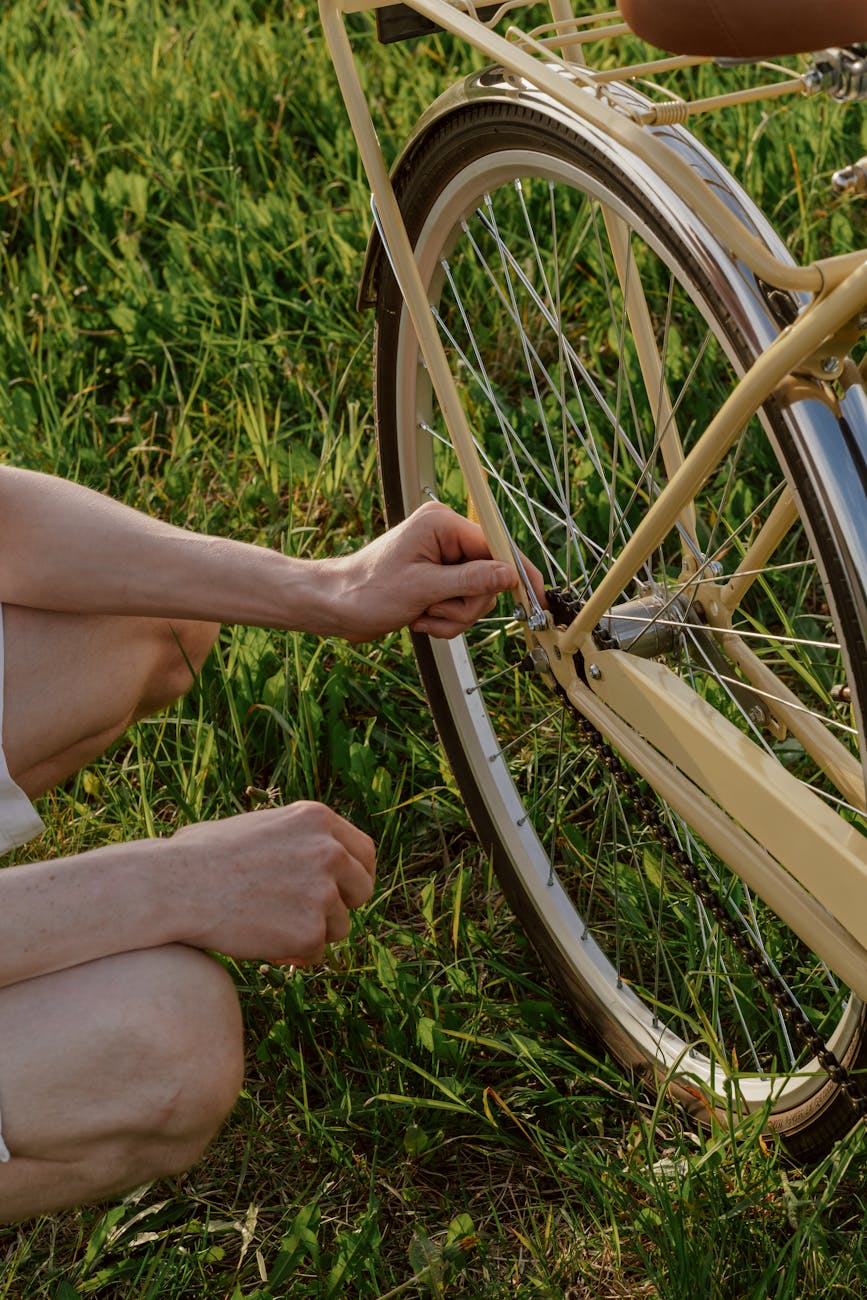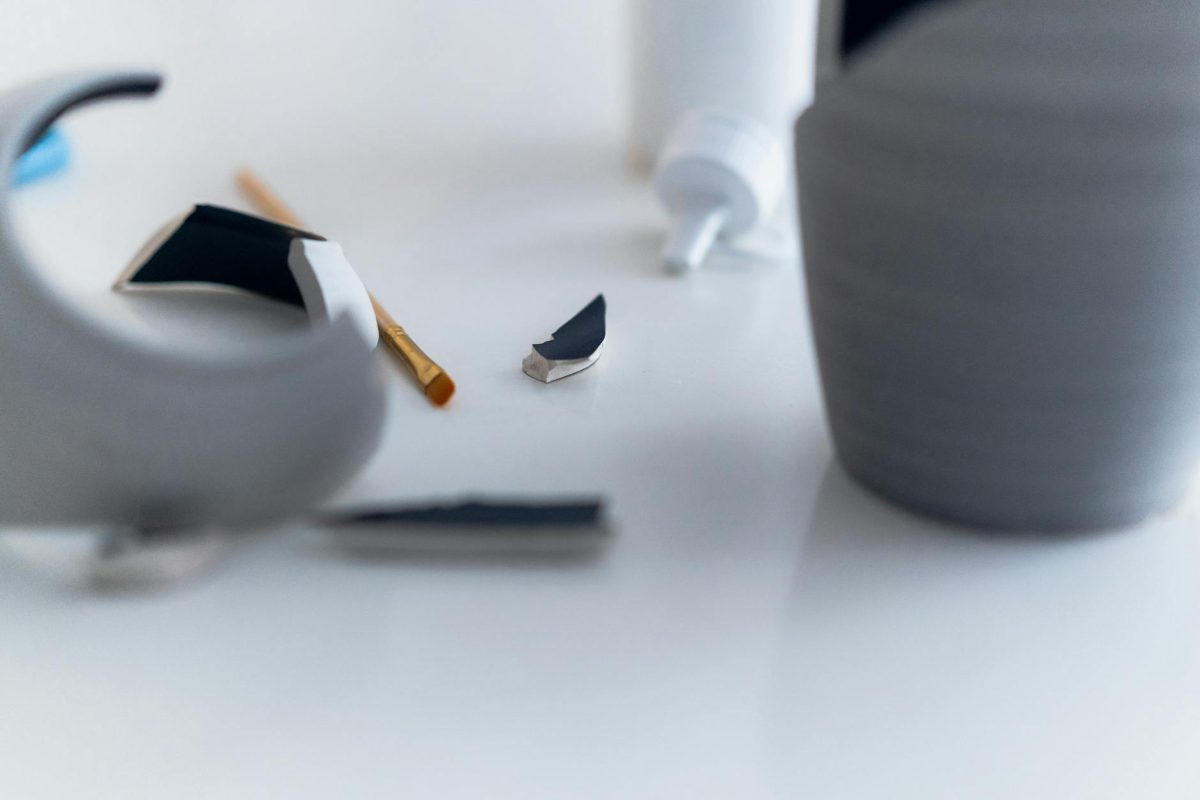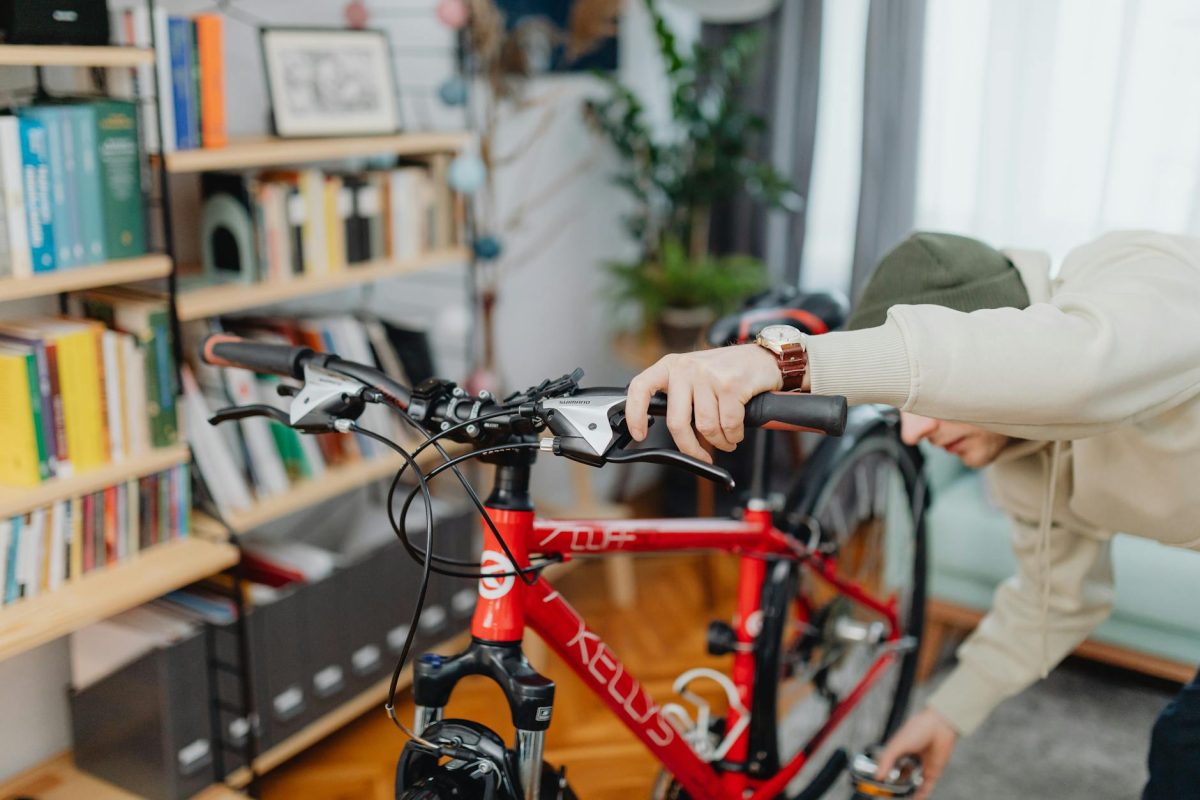Unveiling the Timeless Debate: Vintage vs. Modern Bike Styles
When it comes to choosing a bike that reflects your personal style and preferences, the age-old debate between vintage and modern models comes into play. Each style has its unique charm and appeal, catering to different needs and tastes. In this bike style showdown, we delve into the distinctive features of vintage and modern bikes to help you make an informed decision on which type suits you best.
Vintage Bikes: Nostalgia on Wheels
Vintage bikes exude a sense of nostalgia and timeless elegance that many cycling enthusiasts find irresistible. These classic beauties harken back to an era when craftsmanship and meticulous details defined the biking experience. From their lugged steel frames to their intricate lug work and timeless color schemes, vintage bikes are a symbol of craftsmanship and history. Riding a vintage bike not only transports you back in time but also makes a bold style statement wherever you go.
Modern Models: Innovation and Performance
On the other hand, modern bikes represent the pinnacle of innovation and performance in the cycling world. With cutting-edge materials, advanced engineering, and sleek designs, modern bikes offer unmatched speed, agility, and comfort. Whether you’re a serious cyclist looking to conquer challenging terrains or a casual rider seeking a smooth and efficient commute, modern bikes are designed to enhance your cycling experience in every way possible.
The Aesthetics Battle: Exquisite Elegance vs. Sleek Modernity
When it comes to aesthetics, vintage bikes and modern models present contrasting styles that cater to different tastes. Vintage bikes boast a retro charm with their timeless designs, intricate details, and classic color palettes that evoke a sense of old-world elegance. On the other hand, modern bikes showcase a minimalist and sleek appearance, with aerodynamic frames, bold color schemes, and futuristic designs that exude a sense of speed and agility. Whether you prefer the graceful curves of a vintage bike or the sharp lines of a modern model, your choice ultimately boils down to your personal style preferences.
Comfort and Ride Quality: Tradition vs. Technology
Vintage bikes are known for their steel frames, which offer a smooth and comfortable ride, making them ideal for leisurely cruising and relaxed cycling journeys. Their timeless design and ergonomic geometry prioritize comfort and stability, ensuring a pleasant riding experience for hours on end. In contrast, modern bikes often feature lightweight materials such as carbon fiber and advanced suspension systems that prioritize speed, performance, and responsiveness. These technological advancements translate to a dynamic riding experience, perfect for enthusiasts seeking adrenaline-pumping rides and competitive cycling.
Maintenance and Durability: Classic Longevity vs. Modern Upkeep
When it comes to maintenance and durability, vintage bikes have a reputation for their robust build quality and longevity. With minimalistic components and simple mechanical systems, vintage bikes are easy to maintain and repair, making them an excellent choice for DIY enthusiasts and retro bike lovers. On the other hand, modern bikes, with their complex components and advanced technologies, may require specialized maintenance and expert servicing to ensure optimal performance and longevity. While modern bikes offer cutting-edge features and performance enhancements, they also come with higher maintenance costs and the need for regular upkeep.
Choosing Your Style: Finding the Perfect Fit
In the end, whether you opt for a vintage bike or a modern model depends on your personal preferences, riding style, and intended use. If you appreciate timeless elegance, classic aesthetics, and a laid-back cycling experience, a vintage bike might be the perfect choice for you. On the other hand, if you seek innovation, speed, and performance-driven features, a modern bike could be the ideal companion for your cycling adventures. Whichever style you choose, both vintage and modern bikes have their unique charm and appeal, offering a delightful riding experience tailored to your individual tastes and preferences.
Conclusion: Embracing the Best of Both Worlds
In the ultimate bike style showdown between vintage and modern models, it’s clear that each style brings something special to the table. Whether you’re drawn to the nostalgia and elegance of vintage bikes or the innovation and performance of modern models, both styles have their place in the cycling world. Embrace the best of both worlds by exploring the diverse range of vintage and modern bikes available, and find the perfect style that resonates with your cycling spirit. In the end, it’s not about choosing between vintage and modern—it’s about celebrating the rich diversity of biking styles and finding the perfect ride that speaks to your heart and soul.
As you embark on your cycling journey, remember that whether you’re cruising on a vintage beauty or racing on a cutting-edge modern machine, the joy of cycling lies in the freedom, adventure, and pure exhilaration that comes with every pedal stroke. So, saddle up, pick your style, and embark on unforgettable biking adventures that will take you on a thrilling ride through time and technology.
Happy cycling!
